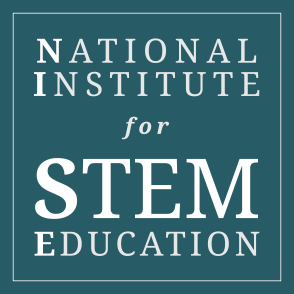Think back to your first year of teaching. Whether you had just graduated from college where you majored in education or had completed an alternative certification program, most people can remember their first year of teaching like it was yesterday. At the end of your first year, your sense of satisfaction came from surviving all the unexpected trials you encountered. You were required to observe master teachers and take notes on how they ran their classroom. So, what made their classes good?
In order for teachers to observe success in their classrooms, they must focus on teacher actions. When we say teacher actions, we are describing the specific behaviors and instructional choices that a teacher makes in order to manage the classroom, deliver instruction, and assess student learning. And, why the focus on teacher actions? Frontier and Rickabaugh (2014) found that the greatest lever toward improving student success is teacher effectiveness. Similarly, Hattie (2009) conducted meta-analyses of over 800 studies to determine which factors made the most significant positive effect on student achievement and found that teacher quality had a greater impact than many of the factors that usually spring to mind when thinking about what makes students successful. In fact, teacher effectiveness had a greater effect on student achievement than did the environmental influences of the home and school. This is the reason why NISE chooses to focus on teacher actions, based on a robust body of research. These studies clearly indicate that in order to boost student success, we must focus our efforts and attention on providing teachers the resources, skills, and strategies they need to be able to choose the right instructional approach at the right time for the right students.
The NISE teacher actions should become a foundation for teaching and learning within the STEM classroom. The actions can be broken down into three categories: creating an environment for learning, building scientific understanding, and engaging students in scientific and engineering practices.
Let's start by further exploring the teacher actions that help establish a learning environment. Students should enter the classroom each day expecting to learn something new and contribute to the learning of others. By creating a positive classroom culture, we can ensure that they are comfortable interacting and engaging in the learning environment. The following strategies are frequently employed to facilitate the establishment of a positive classroom culture: arranging a physical space that maximizes ease of movement and student collaboration, clear and consistent classroom procedures, modeling a genuine respect for student differences, integration of technology, and making frequent and varied connections to the lives of students.
Next, let's examine those teacher actions that help facilitate the process of developing understanding. These strategies include the processes of inquiry, addressing student misconceptions, facilitating questions and discourse, utilizing assessment, and building scientific literacy. In utilizing these teacher actions, the classroom becomes a place where students can explore the world around them, making meaningful connections from their fist-hand experience with phenomenon and interaction with their peers.
The last group of teacher actions promotes engaging students in scientific and engineering practices. Teachers often say that lab activities are a waste of time, because students just go through the motions and are not sure why they are doing the activity. One way to address this problem is to focus on cultivating scientific investigation, developing engineering solutions, fostering data utilization, implementing project based learning, developing scientific explanation, and facilitating scientific explanation. Project based learning allows students to engage in inquiry opportunities by providing challenging questions or problems that allow the student to utilize their problem solving, decision making, and investigative skills to produce a realistic product or presentation (Thomas, 2000).
As the field of education evolves, teachers are faced with several challenges that are unique to the 21st century: diversity and differentiation, accountability for student learning, standards, and the iGeneration and social media, to name a few (Arends, 2014). Focusing on teacher actions allows us to refine our practice to ensure a positive environment that promotes and supports learning for our students.
Resources
Arends, R. (2014). Learning to teach.
Frontie, T., & Rickabaugh J. (2014). Five levers to improve learning. Alexandria, VA: ASCD.
Hattie, J (2009). Visible learning: a synthesis of over 800 meta-analyses relating to achievement. London: Routledge.
Thomas, J.W. (2000). A review of research on project-based learning.
